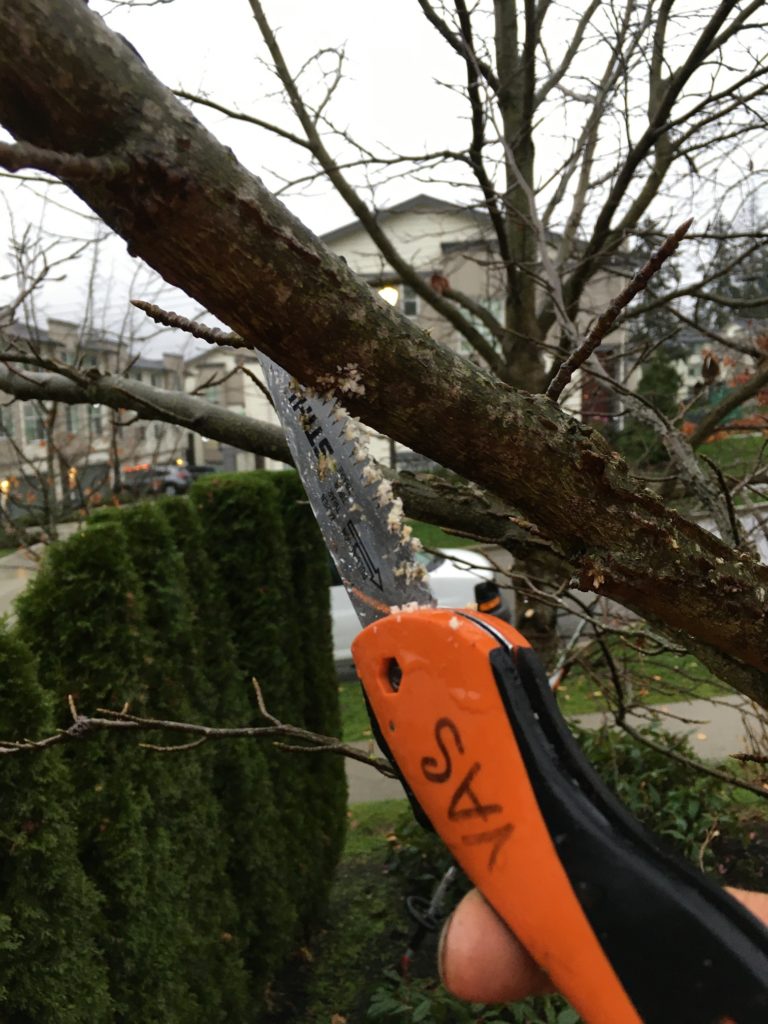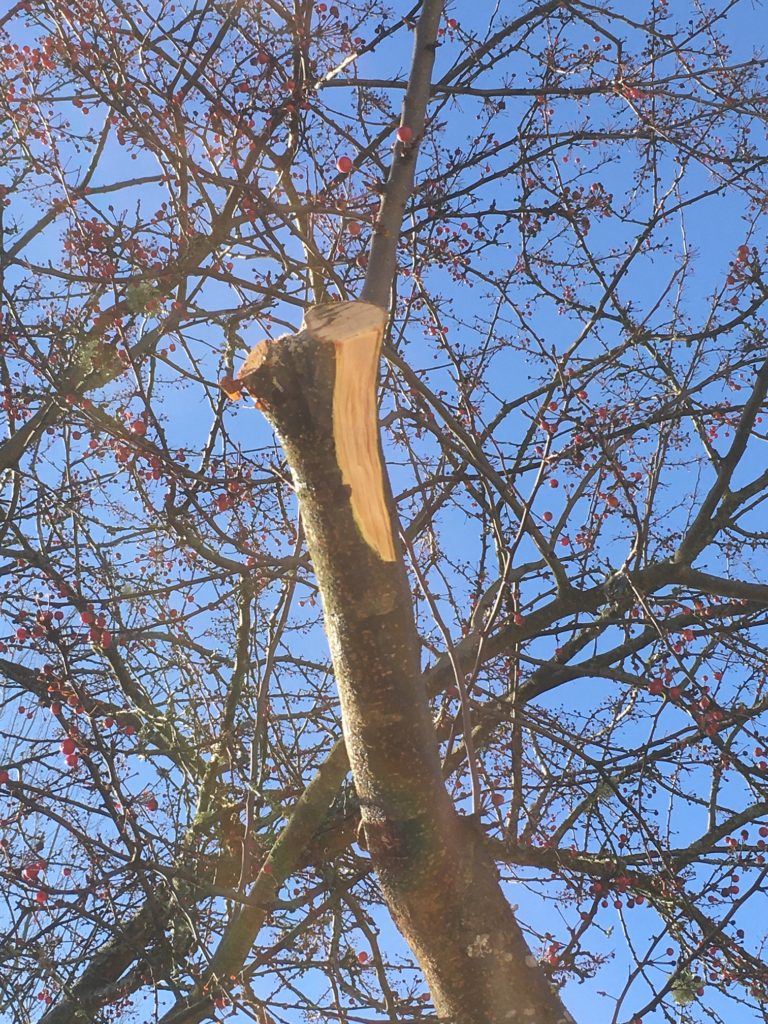Why?
I always urge people to ask why they’re doing whatever it is they’re doing in the landscape. Of course, this also applies to life in general. Always know your why.
My favorite story comes from the time I apprenticed at a prominent landscape sweatshop whose name will never appear on pages of this blog. The name also isn’t important. The story is.
One spring I was asked to aerate lawns for maybe four to five weeks straight while somebody else babysat my portfolio of sites. I wanted to be excused from it but no, it was all set in stone. Great.
So, I aerated for a few weeks, putting holes into miles of lawn. My helper didn’t have any more fun than I did. Eventually, exhausted and bored, I parked the company truck at the yard on a Sunday evening and quit! Incidentally, I don’t recommend this approach. I was just too exhausted to care.
And then, much later, it hit me: nobody bothered to tell me why we put holes into lawns with heavy machines. Preoccupied with the heavy hog of a machine, I never asked!?
If you’re wondering, lawn aeration is important for lawn health because it allows more water and oxygen to reach the root zone. Now you know.
If I had been informed about the benefits of lawn aeration, I might have stayed at the sweatshop because the heavy labor would have made sense.
Pro tip:
Don’t be afraid to jump, in my experience changing companies always improved my professional and financial life.
Why 3-point cut?
Incredibly, I learned how to execute the 3-point cut without knowing why I needed it. I guess people assume you know that. I didn’t. If you don’t either, keep reading.
The Landscape Industry Certified practical station consisted of four components: I had to show how to execute thinning and heading cuts, start power shears properly without losing blood and do a 3-point cut.
Cut 1:
Pick a place on the branch and make a partial cut from below. If you go too far, you will get your handsaw pinched. This cut doesn’t have to be pretty.

Cut 2:
Move up the branch a few inches from your Cut 1 and make a complete cut. You should see the branch snap before you even finish the second cut. This is the point: get rid of the massive weight before you make your final cut. Expect the branch to shear off violently before you complete your cut.

Cut 3:
Finish your branch removal job by making a nice cut just above the branch collar so you don’t leave an ugly stub. Stubs die anyway and diseases can use them as access points for tree invasion.
Also, cutting into the branch collar is bad because it limits the tree’s ability to close the wound.

What if you’re a rebel?
What if you don’t care? You’re too busy to read blogs, ask Why, and worry about making three cuts. Isn’t one cut enough? Well, maybe with skinny branches.
Larger branches are loaded and when you execute Cut 3 straight away, you risk damaging the tree bark.
Now, I know, some of you will think you’re quick draws. But this is arboriculture, not bedroom talk. I’ve been there. I grabbed my handsaw and, sure enough, the branch tore away before I could complete the cut. Then I had to stare at torn bark.

Remember, trees need bark for protection, just like you need your skin. Open wounds can invite diseases in and once you get wood decay fungi inside, kiss your tree goodbye.
And remember, too, we desperately need trees for the free ecosystem services they provide.
Review
Let’s review. Lawn aeration benefits the lawn by allowing water and oxygen to enter the root zone. And we need to use the 3-point cut when removing larger branches to make sure we don’t damage the bark. Always ask Why!
Now you know!

